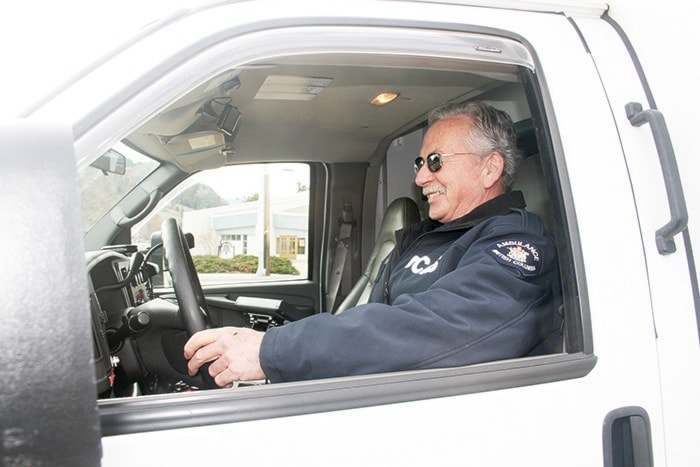Ambulance work has changed considerably from when Henry Stubbs became a paramedic in the 1970s.
On Monday, Stubbs was presented with a plaque and gift for achieving 35 years of paramedic service.
His interest in paramedic work came in the mid-1970s when he was working at the Similkameen Mine in Princeton. At the time, he took an industrial first aid course.
“That was my first introduction to this kind of work,” he recalled.
The television show Emergency also piqued his interest.
He began work in Penticton but later transferred to the Summerland station.
While he has had many dramatic moments as a paramedic, he said he has not had to deliver a baby while on call, although others in paramedic work have been called on to perform deliveries.
Stubbs said the most profound changes to paramedic work have been in the ways calls are handled.
When he started, the paramedics handled the calls directly. Today, a central dispatch service, with professional dispatchers, is in place.
“Dispatch is state-of-the-art now compared to what it was,” he said.
The rescue and treatment work have not changed significantly, but there are increasing demands on paramedics as they have to answer more calls than in the past.
“Our resources are getting stretched to the absolute maximum and beyond,” he said.
